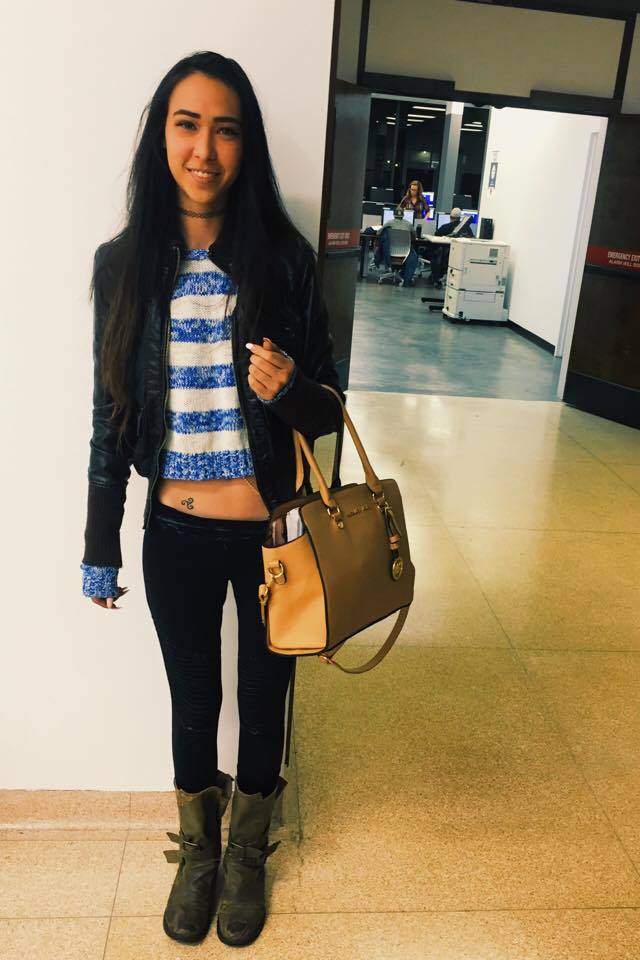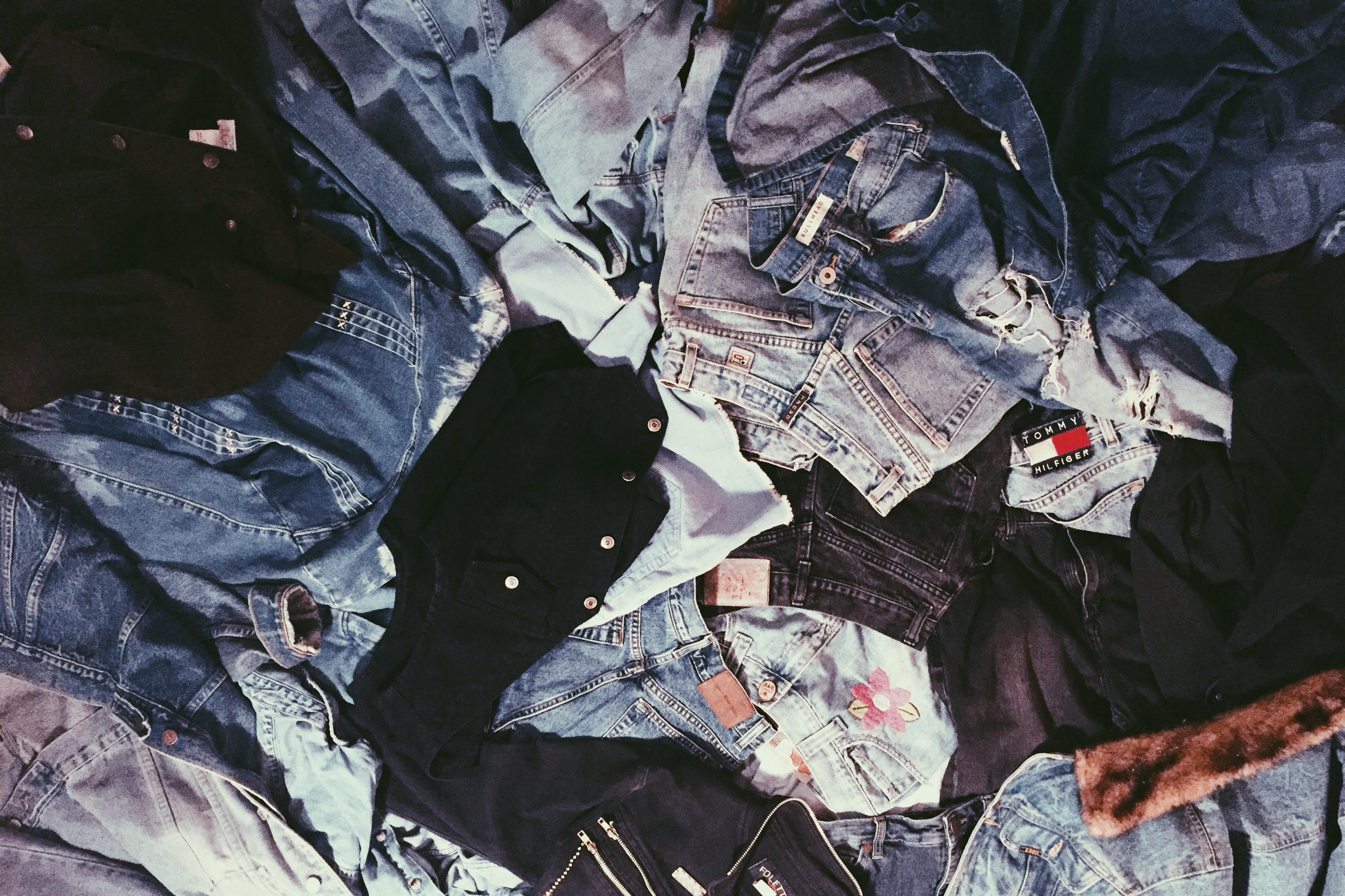Sdyle: Madison Santos
Today I was at the library and ran into the lovely Madison Santos. Madison is a Sociology major here at San Diego State, and she for sure dresses with spunk. We had a chat about some of her style inspirations, views on trends and how to dress with a difference by adding your own flavor. This interview has […]


